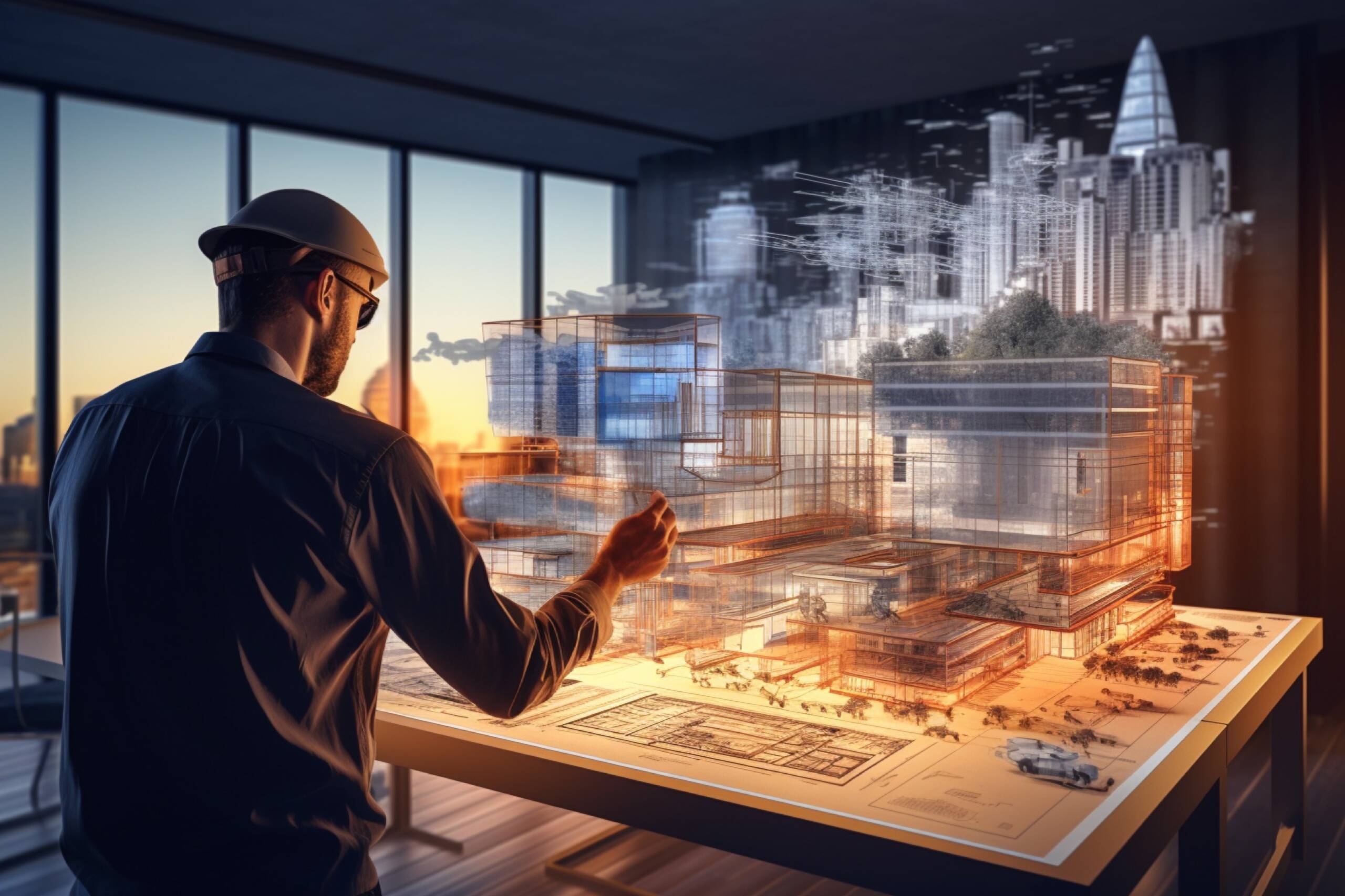Smart commercial spaces are quickly becoming the future of real estate, offering convenience, efficiency, and automation that were once unimaginable. With advanced technologies integrated into every corner—from smart lighting systems to security cameras and HVAC units—these spaces are designed to enhance the tenant experience, reduce costs, and increase sustainability. However, as we move further into 2025, it’s important to consider not just the benefits, but the potential risks that come with such innovations.
1. Concerns Over Data Privacy
One of the biggest challenges with smart commercial spaces lies in the vast amount of data these systems collect. From tracking employee movements to monitoring energy usage, smart buildings are constantly gathering information. While this data can be incredibly useful for improving efficiency and reducing operational costs, it also poses a serious risk to privacy.
With an increased reliance on IoT devices—such as smart thermostats, cameras, and sensors—sensitive data is flowing constantly. If not properly protected, this data can be vulnerable to cyber-attacks, resulting in breaches of both personal and company information. As these smart systems evolve, businesses must stay on top of stringent data protection practices, ensuring that their tenants’ privacy remains secure.
2. Cybersecurity Vulnerabilities
Smart buildings rely on interconnected devices, all of which are vulnerable to cyberattacks if not properly secured. A compromised system could allow hackers to control everything from the temperature in the building to security systems, or even access sensitive data. In 2025, as these devices become more integrated into daily operations, the potential risks increase, leaving commercial property owners and managers with the responsibility to protect against cyber threats.
These cybersecurity risks could be disastrous—not just for the building itself, but for the tenants inside. Data breaches, system outages, or malicious attacks could disrupt daily operations and lead to significant financial losses. To mitigate these risks, property managers will need to invest in strong cybersecurity measures and ensure regular updates and patches are implemented across all systems.
3. Maintenance and Overload of Technology
As smart technologies become more sophisticated, maintaining these systems can become a challenge. Every new connected device adds complexity, and managing all these devices can become overwhelming. With more technology comes more potential for things to go wrong—whether it’s malfunctioning sensors, system overloads, or software glitches.
For property managers, the pressure to keep all systems running smoothly and efficiently will be intense. Regular maintenance, troubleshooting, and updates are essential. Without the right resources or knowledge, smart systems can become a burden instead of an asset. This constant upkeep could lead to operational inefficiencies or unexpected downtime, adding unnecessary costs for building owners.
4. Increased Operational Costs
While the promise of cost savings through energy-efficient systems is compelling, the reality of managing smart buildings can be expensive. The initial investment required to install advanced technology can be substantial. From high-tech security systems to climate control solutions, outfitting a building with the latest smart technology requires significant capital upfront.
Moreover, the ongoing maintenance, software updates, and potential need for specialized IT staff only add to the financial burden. For many commercial real estate owners, these added costs might outweigh the long-term savings. By 2025, building owners will need to carefully consider whether the investment in smart technology truly makes sense for their business model, particularly when it comes to budgeting for ongoing operational expenses.
5. Dependence on Third-Party Vendors
A key feature of many smart commercial spaces is their reliance on third-party vendors for the technology, software, and services that keep things running. While these partnerships often bring valuable expertise, they also introduce risks. If a vendor’s technology fails or they experience a data breach, the commercial building could face serious disruptions.
In some cases, the failure of a third-party provider could lead to security vulnerabilities, loss of data, or malfunctioning building systems. With so much dependent on these vendors, it’s crucial for property owners to carefully vet their partners, ensure their contracts provide strong protections, and maintain contingency plans in case a vendor falls short.
6. Environmental Concerns
Smart commercial spaces often market themselves as environmentally friendly, promising energy savings and reduced carbon footprints. While this is certainly a positive aspect, the production and disposal of the technologies that power these spaces can have an environmental impact of their own. Devices like sensors, servers, and data storage systems require materials and resources, and their disposal can contribute to electronic waste.
To truly maintain sustainability in smart buildings, developers must carefully consider not only the environmental benefits but also the potential downsides. Choosing materials that are recyclable, using renewable energy sources, and ensuring that the building’s overall energy consumption remains low will be key to creating spaces that are genuinely eco-friendly.
7. Regulatory and Compliance Challenges
As the adoption of smart technology grows, so does the need for regulations that govern how these systems are implemented and managed. By 2025, governments are likely to introduce stricter guidelines around data privacy, cybersecurity, and building safety for smart spaces.
For property owners and managers, staying ahead of these regulatory changes will be essential to avoiding fines, penalties, or legal issues. It will be necessary to regularly review compliance policies, work with legal teams to understand evolving laws, and ensure that the building’s technology meets all required standards. Keeping up with these shifts can be time-consuming, but it’s crucial to protect both the building and its tenants.
Conclusion
While smart commercial spaces hold immense potential, they come with a set of challenges that cannot be ignored. From data privacy and cybersecurity risks to the complexities of maintenance and environmental concerns, property owners, managers, and developers must approach these technologies with caution.
To truly reap the benefits of smart spaces, it’s important to strike the right balance between innovation and security. By investing in strong cybersecurity, prioritizing data privacy, and maintaining the systems that keep these spaces running smoothly, commercial real estate players can navigate the risks and build spaces that are not only smart but safe, sustainable, and future-ready.

